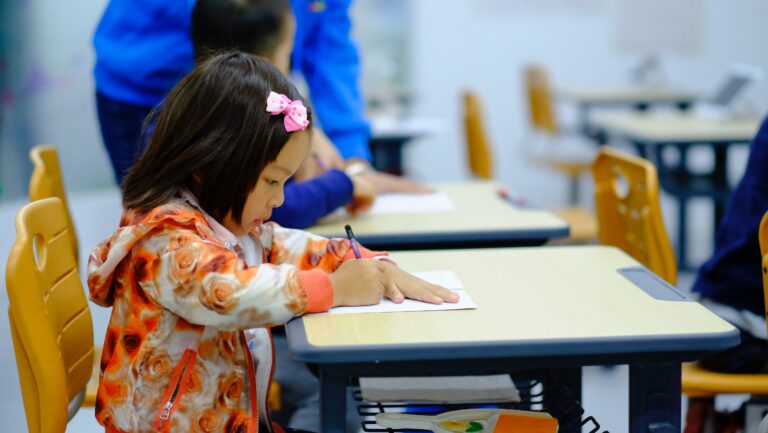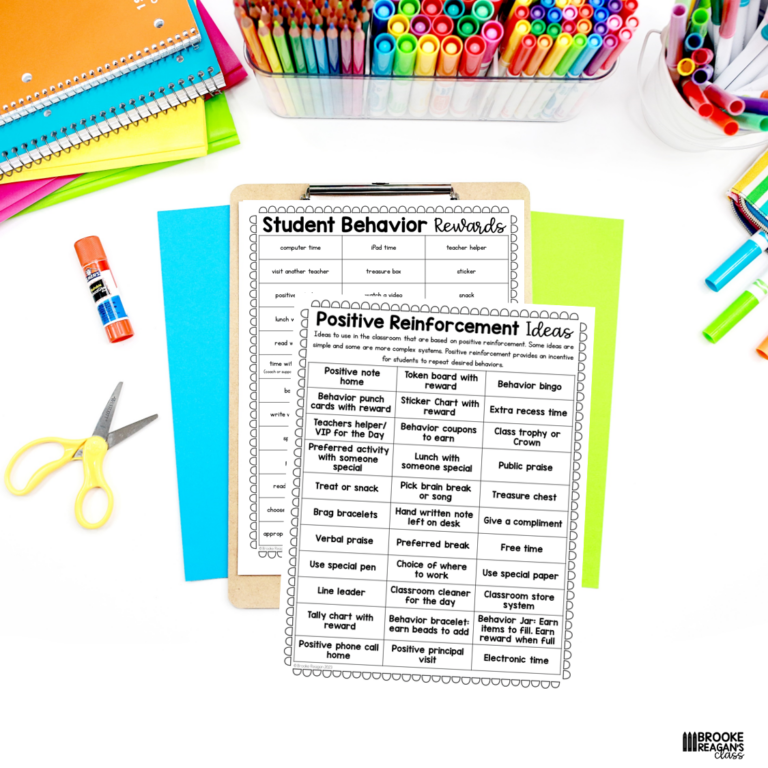

Have you ever wondered how to transform behavior in children at school? It’s no secret that creating a positive and productive learning environment is crucial for their development and success. But where do we start? I have outlined 4 behavior strategies that are super easy to implement and can help you change your classroom behavior management.
Strategy 1: Establish Clear Expectations
One powerful strategy for transforming behavior in children at school is to establish clear expectations. When students know what is expected of them, it provides them with a roadmap for their behavior and sets a foundation for a positive learning environment.
Strategy 2: Utilize Behavior Charts and Reward Systems
Behavior charts and reward systems are another effective strategy for transforming behavior in children at school. These tools provide a visual representation of behavior expectations and offer a structured approach to rewarding positive actions. By utilizing behavior charts and reward systems, educators can create a sense of accountability and reinforce positive behavior, ultimately fostering a more productive and harmonious learning environment.
Behavior charts are a popular method for tracking and monitoring student behavior. They typically consist of a grid or chart that is divided into sections corresponding to the desired behaviors or goals. Each student has their own chart, and teachers can use a variety of symbols or colors to indicate whether the student has met the expectations for a particular behavior. For example, a smiley face could represent positive behavior, while a frown face could indicate a violation of the behavior expectation
Reward systems go hand in hand with behavior charts. These systems provide incentives for students to uphold the desired behaviors and meet their goals. Rewards can range from small tokens, such as stickers or stamps, to larger rewards, such as extra recess time or special privileges. One very successful behavior reward system (like the one below) is creating a classroom store where students earn behavior bills for desired behaviors. You can set up a complete system in your classroom by using this Classroom Money Reward System. The key is to ensure that the rewards are meaningful and motivating for the students, as this will increase their engagement and willingness to adhere to the behavior expectations.
Strategy 3: Implement Positive Reinforcement Techniques
Positive reinforcement involves providing students with praise, rewards, or incentives to encourage and reinforce their positive behaviors. By implementing positive reinforcement techniques, teachers can effectively motivate and inspire students to continue exhibiting desired behaviors. This approach focuses on highlighting and acknowledging the efforts and achievements of students, nurturing a sense of self-worth and accomplishment. Whether it’s a simple verbal praise, a sticker, a behavior punch card, or a privilege earned through good behavior, positive reinforcement techniques can significantly impact a child’s motivation and engagement in the learning process
Strategy 4: Enhance Communication Through Visuals
Visual aids can serve as powerful tools to convey information, provide clarity, and foster understanding among students. Visuals such as non-verbal cue cards, pictures, and visuals reminders, teachers can present information in a visually appealing and easily comprehensible format. This not only helps students understand and remember better, but it also facilitates communication between the teacher and the student. A bonus, visuals are non-verbal so it saves the teacher for having to repeat instructions or behavior expectations a thousand times. Win Win!
Implementing these four easy behavior strategies can truly improve behavior in your students. Sometimes it is the little changes we make that have the biggest impact on our students!
Want to start using these strategies today? Click the pictures above to be taken to each product to start using with your students now!
Grab the free behavior chart below as an easy entry into the world of positive reinforcement!

Sign up to receive over 35 ready to use student rewards to boost motivation, promote positive behavior and create a fun learning environment.